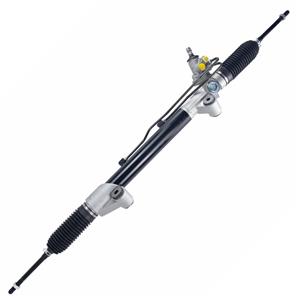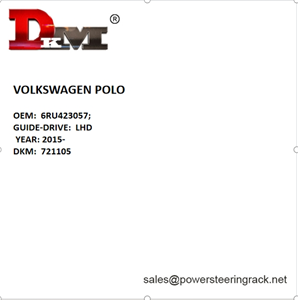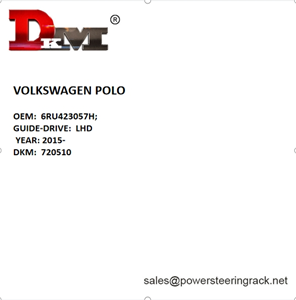What effect will engine failure have on the hydraulic power steering rack?
Hydraulic Power Steering (HPS) is an important technology in modern cars, which aims to reduce the force required by the driver during steering through hydraulic power assistance. The hydraulic power steering system mainly consists of a steering pump, power steering fluid, steering rack, and related pipes and control components. This system is usually closely integrated with the engine, so the state of the engine directly affects the normal operation of the hydraulic power steering system.
When the engine fails, it may cause a series of effects on the hydraulic power steering rack and the entire steering system. These effects may not only make steering operations difficult, but may also cause further damage to the system, increase maintenance costs, and even affect driving safety. Therefore, understanding the impact of engine failure on the hydraulic power steering rack can help car owners better maintain their cars and improve driving safety.
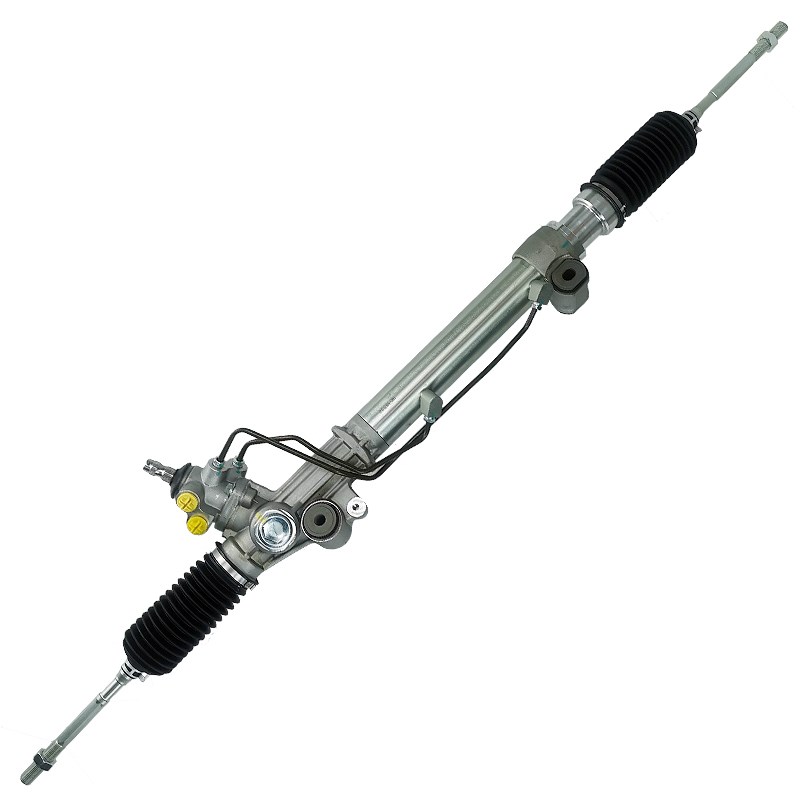
How does the hydraulic power steering system work?
Before delving into the impact of engine failure on the hydraulic power steering rack, it is necessary to understand the basic working principle of the hydraulic power steering system. The hydraulic power steering system uses a hydraulic pump to convert the mechanical power of the engine into hydraulic power assistance, thereby helping the driver to control the direction of the car more easily.
1. The role of the hydraulic pump
The hydraulic pump is one of the core components of the hydraulic power steering system, and it is usually driven by the engine. The engine drives the hydraulic pump through a belt to pump the steering fluid and deliver the high-pressure fluid to the steering rack through the pipes in the system. The hydraulic power assist is transmitted through the rack and the steering gear, reducing the force required by the driver to turn the steering wheel.
2. The working mechanism of the steering rack
The hydraulic power steering rack consists of a rack and a corresponding gear device. The hydraulic fluid flows continuously in the system to provide the necessary power assist to help the driver turn the steering wheel more easily. The hydraulic power assist is converted into mechanical force through the movement of the rack to push the wheels to turn.
In this process, the operating state of the engine is crucial. If there is a problem with the engine, the hydraulic pump cannot provide sufficient hydraulic support, and the working efficiency of the steering rack will be greatly reduced, which will affect the driving experience and the normal operation of the system.
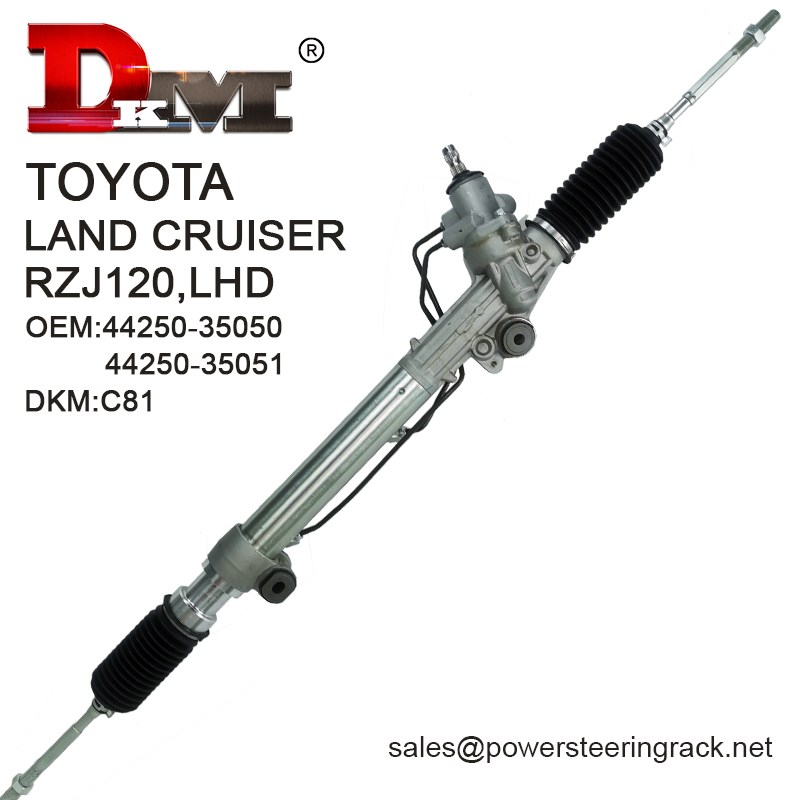
What impact will engine failure have on the hydraulic power steering rack?
Engine failure will have direct and indirect effects on the hydraulic power steering rack. Specifically, engine failure may cause the hydraulic pump to fail to work properly, which in turn affects the power assist effect of the steering system. Here are some possible effects of engine failure on the hydraulic power steering rack:
1. Hydraulic pump failure
One of the most common consequences of engine failure is the failure of the hydraulic pump. The normal operation of the hydraulic pump requires power from the engine. If the engine cannot operate normally, the hydraulic pump cannot continue to work. When the hydraulic pump cannot provide sufficient hydraulic power, the performance of the hydraulic power steering system will be greatly reduced, resulting in insufficient steering power. In this case, the driver needs to put more effort to turn the steering wheel, especially when driving at low speeds, steering will become more difficult.
Failure of the hydraulic pump may also cause poor flow of steering fluid, increase the pressure of the hydraulic system, and may cause other components inside the system, such as the steering rack and pipes, to suffer additional pressure and damage. In the long run, it may cause the system to overheat or seal damage.
2. Insufficient flow of power steering fluid
If the engine fails, it may cause the steering fluid to fail to flow normally through the hydraulic pump. When the steering fluid flow is insufficient, the hydraulic power steering system cannot provide sufficient power. This will not only make driving more strenuous, but may also cause increased friction inside the hydraulic system, thereby increasing the wear of the steering rack.
In addition, insufficient steering fluid flow may cause bubbles in the hydraulic system, emulsify the hydraulic oil, reduce its lubrication and cooling effects, and ultimately damage the life of hydraulic components, especially the steering rack. If the steering fluid is insufficient and not repaired in time, long-term use may cause the steering system to fail completely.
3. High engine temperature
Another manifestation of engine failure is high engine temperature. High engine temperature not only affects the normal operation of the engine, but also may affect the performance of the hydraulic power steering system in many ways. When the engine temperature is too high, the temperature of the steering fluid will also increase. If the temperature of the steering fluid is too high, the viscosity of the fluid will decrease, resulting in unstable pressure in the hydraulic system, which in turn affects the output of the steering assist.
High temperature may also accelerate the aging of hydraulic system components, causing leakage of the seals and pipe interfaces of the steering rack, causing the loss of steering fluid, and thus affecting the stability and life of the steering system.
4. Insufficient engine output power
Insufficient engine output power may be caused by fuel system failure, ignition system problems or other internal failures. When the engine power decreases, the driving force of the hydraulic pump will also weaken, making it unable to provide hydraulic support normally. This will directly affect the performance of the hydraulic power steering system, causing the steering to become heavy, especially when parking or driving at low speeds, the driver needs more force to operate the steering wheel.
5. Hydraulic pump overload
If the engine fails, the hydraulic pump may be in an abnormal working state, resulting in excessive pressure accumulation. This will cause the hydraulic pump to work too hard, eventually causing the pump body to overheat or internal parts to wear, or even completely damage. If the hydraulic pump is damaged, it will no longer be able to provide power to the hydraulic power steering system, which will directly affect driving safety.
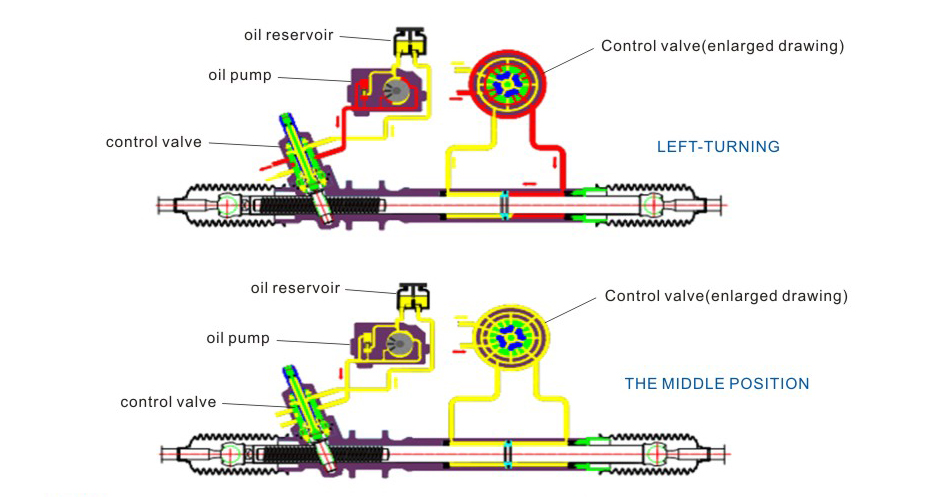
Indirect effects of engine failure on the hydraulic power steering rack
In addition to the above direct effects, engine failure may also bring some indirect consequences, which may further aggravate the damage of the hydraulic power steering system.
1. Excessive wear of the steering rack
The hydraulic power steering system converts hydraulic power assistance into mechanical force through the steering rack. If the hydraulic pump fails, resulting in poor flow of hydraulic fluid or too low pressure, the steering rack will not be fully hydraulically supported. This will cause the steering rack to be in a high-load state for a long time, increase the friction between the rack and its matching parts, and cause severe wear.
Long-term use of a severely worn rack not only affects the flexibility of steering, but may also cause damage to the rack, and eventually require the replacement of the entire steering system. The cost of repairing a damaged rack is usually high, especially in models with complex hydraulic systems, where the repair process can be very cumbersome.
2. Overall performance degradation of the steering system
Insufficient hydraulic assistance caused by engine failure may also reduce the overall performance of the steering system. For example, the steering sensitivity decreases, the steering wheel becomes heavy, and there may even be abnormal noise or vibration when steering. This not only increases the difficulty of driving, but may also affect the vehicle's handling and safety.
3. Chain reaction of the electrical system
The hydraulic power steering system in modern cars may be combined with an electronic control system. When the engine fails, the electrical system may be affected. If the electronic control unit (ECU) cannot obtain the correct engine data, it may not be able to accurately adjust the working state of the hydraulic pump, resulting in unstable performance of the hydraulic system.
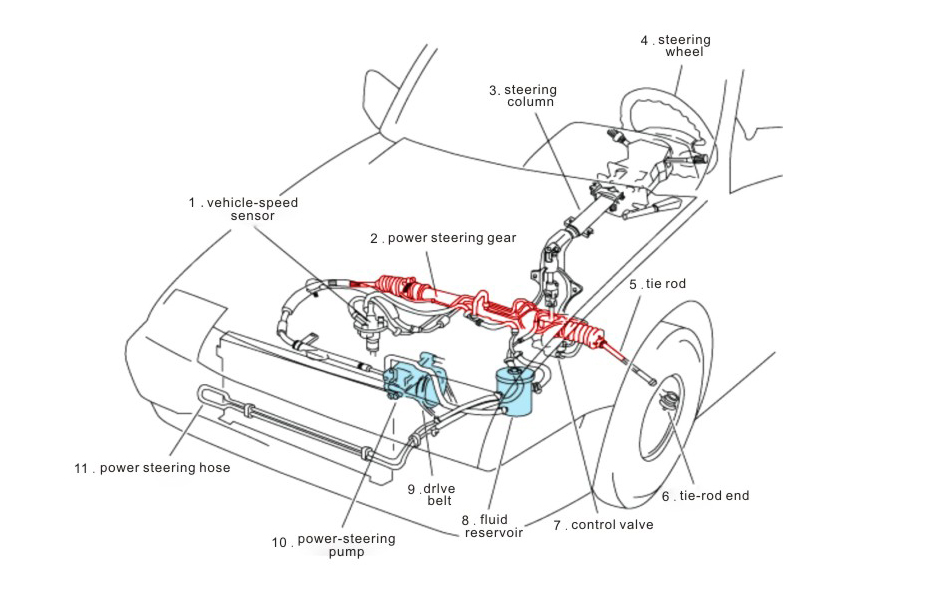
How to deal with steering problems caused by engine failure?
If problems are found in the hydraulic power steering system, especially those related to engine failure, car owners should take measures as soon as possible. Here are some treatment suggestions:
· Regularly check the engine and steering fluid: Check the engine status regularly to ensure that the hydraulic pump can work properly. And check the steering fluid level to ensure that the steering fluid in the hydraulic system is sufficient and clean.
· Repair engine failure: If the engine fails, be sure to repair it as soon as possible. Timely resolution of engine problems can prevent the hydraulic pump from failing to work properly and reduce the impact on the steering system.
· Check the hydraulic system: After the engine is repaired, check the various components of the hydraulic power steering system to ensure that there are no leaks in the pump, rack and pipes, and that there are no abnormalities in the system.
What is your production capacity and factory setting?
At DKM Company, our factory spans over 20,000m² and features more than 280 advanced CNC machines and heat–treatment equipment. These are configured into high-efficiency automated assembly lines capable of producing approximately 300,000 sets of steering racks annually.
This robust manufacturing capacity enables us to provide affordable prices and consistent supply, making us a reliable China-based supplier and manufacturer that offers competitive quotes, wholesale promotions, and sustainable purchasing options for clients globally.


